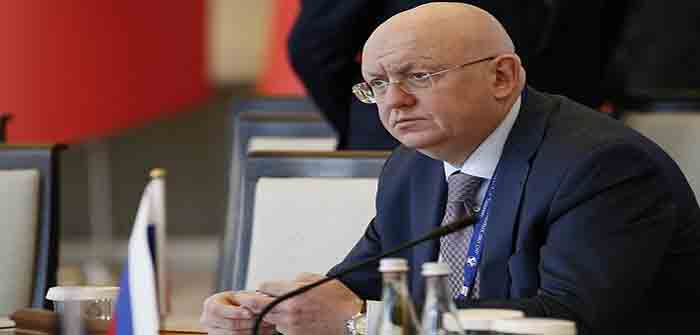
by Christopher Black at One Voyce of the World
The western mass media and governments have fallen into a frenzy of anti-Russian propaganda over Russia’s military operations in Ukraine. One element of their propaganda war is the claim that Russia’s action is illegal under international law. But is this the case and what does it mean for these countries to make that claim when they have themselves invaded and attacked too many nations to enumerate, every one of which was not only illegal, but without any moral, ethical justification whatsoever?
The law on the use of force in international relations has two aspects, codified international law as set out in the Charter of the United Nations, and the commonly understood right to self-defence.
The UN Charter is the primary document governing the use of force. Nation states do not have a right to use force in relations with other sovereign states except in very limited circumstances. It used to be, before the twentieth century, that there was an understanding that all nations had the right to use force, to go to war to ensure their interests. But the cataclysms of World War I and World War II led in each case to an attempt to prevent wars of aggression.
After WWI the League of Nations was created, supported by the Kellogg-Briand Pact of 1928, which I have referred to in previous articles, a Treaty still in effect, in which the USA and Soviet Union and all other nations promised never to use war to solve political disputes. The League of Nations fell apart in the 1930’s with the rise of fascism and the aggressions of Italy and Germany. But the Kellogg-Briand Pact still exists.
However the Pact was understood to permit wars in defence of a nation that was under attack. The same applies to the security structure set up after WWII with the creation of the United Nations and the UN Charter that governs relations between sovereign nations and the use of force,
According to Article 2(4) of the Charter all member states are obliged to refrain from the threat or use of force against the territorial or political integrity of any state. There are two important exceptions to this obligation, the first being the right of individual or collective self-defence under Article 51 and the collective enforcement by the Security Council on the basis of Chapter VII of the Charter which deals with threats to the peace, breaches of the peace and acts of aggression. The inherent right of self-defence, individually or collectively, with the support of other states, exists so long as the Security Council has not taken measures to “maintain international peace and security.” That right, therefore is meant to be a measure of last resort.
The Kellogg-Briand Pact was a paradigm shift in how war was regarded. Before it, war was considered a part of a continuation of political intercourse with the addition of other means, as Clausewitz put it in his famous book, On War, and an acceptable way of resolving disputes. At least, it was not considered illegal. It was outside of law, except for the customary rules of war governing treatment of combatants, civilians, proportionality and so on.
This shift is set out in the UN Charter’s preamble which states that,…
Continue Reading